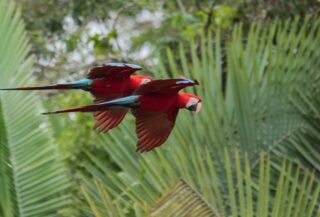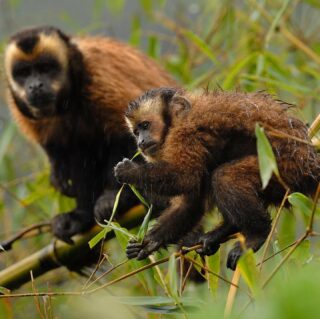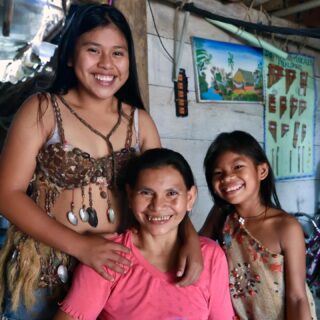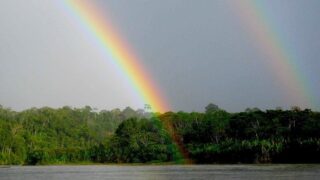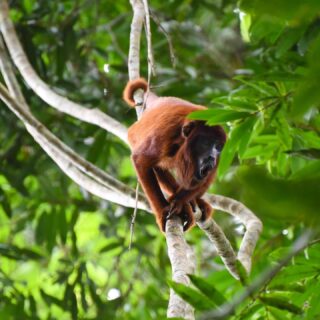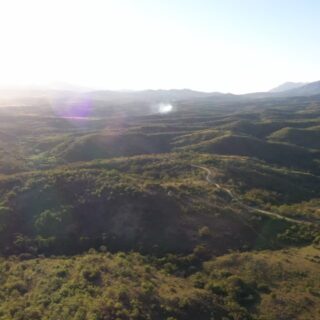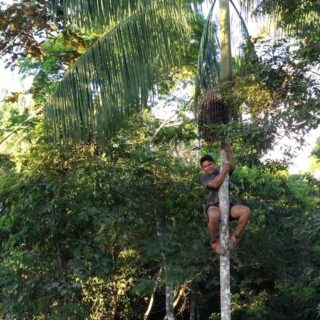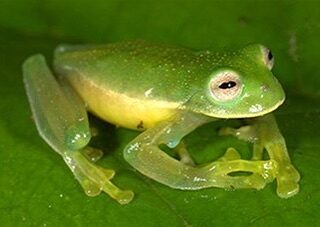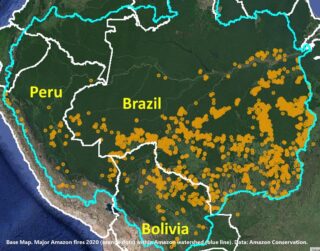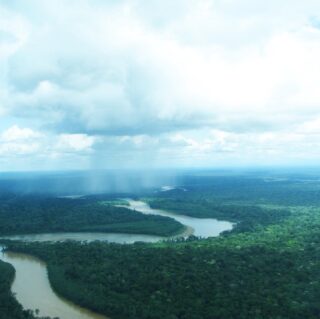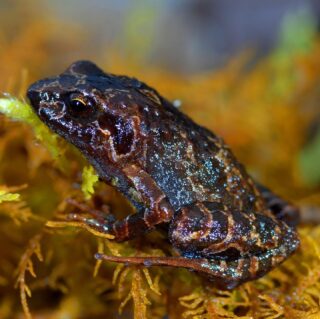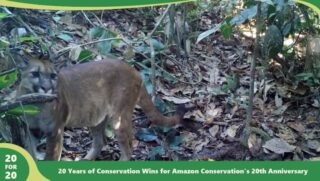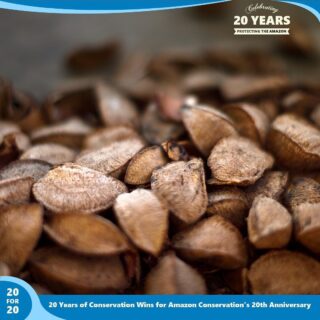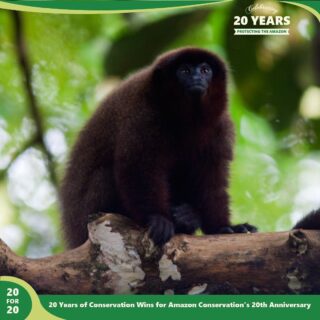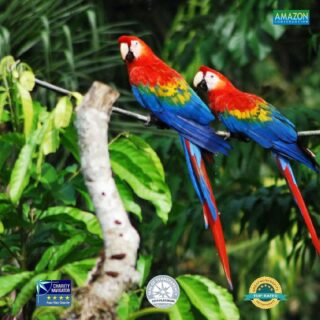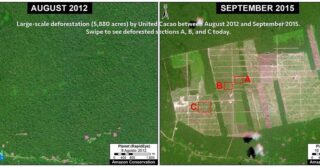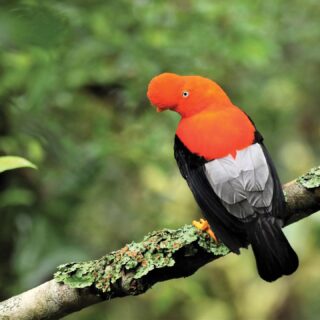Where It All Began: The Evolution of our Los Amigos Conservation Concession
March 21, 2025
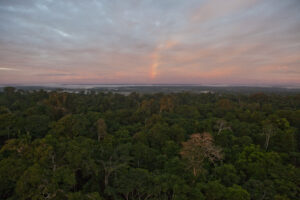
Deep in the southwestern Peruvian Amazon lies an intricate mosaic of terrestrial and aquatic habitats, home to a vast array of wildlife. Within this enclave of biodiversity lies 360,000 acres of our Los Amigos Conservation Concession in the Los Amigos watershed of the Madre de Dios region in Peru. In 2000, Los Amigos was officially established as the first conservation concession in the world established through a public-private partnership model, providing a protected space for vulnerable wildlife species and an area for researchers to conduct studies in botany, genomics, zoology, and more at the adjacent Los Amigos Biological Station. Today, Los Amigos continues to provide long-term protection for wildlife and hosts fundamental scientific research, technical workshops, and monitoring initiatives that promote the sustainable management and overall importance of the concession for conservation.
The idea for establishing this conservation concession first came to fruition in the 1990s when Amazon Conservation co-founders Adrian Forsyth and Enrique Ortiz recognized the region’s ecological significance and the urgent need for its protection. Their vision was inspired by groundbreaking studies in the 1980s by renowned ecologist and former Amazon Conservation Board Member Tom Lovejoy. Lovejoy’s publications were the first to touch on the Amazon’s tipping point: the point of inflection where deforestation and climate impacts will make it impossible for the Amazon to sustain its hydrological cycle and cause it to convert from a lush rainforest to a dry savanna. To this day, the tipping point serves as one of our key points of reference for conserving this vital ecosystem, recognizing the global ecological impacts beyond its South American borders and impacts on the regulation of our planet’s climate and environmental functions.
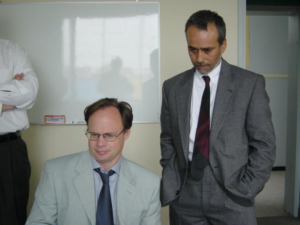
Another publication that inspired Amazon Conservation’s co-founders was, “The Fishes and the Forest: Explorations in Amazonian Natural History,” a breakthrough publication by ecologist Michael Goulding that delves into the complex interactions within tropical ecology and further supports the notion that the Amazon is an intricately delicate biome that sustains a variety of ecosystems and plays a pivotal role in regulating the global climate. According to the founders, these studies directly led them to search for effective solutions to protect Amazonian forests and biodiversity, thus leading to the creation of a conservation concession.
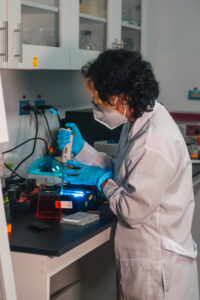
What is a conservation concession? A substantial portion of land in Peru and Latin America is publicly owned, but the government does not always have the resources or expertise to sustainably manage or enforce protection of these areas. The public-private management model of conservation concessions we pioneered with Los Amigos enables non-governmental organizations such as Amazon Conservation and our sister organization Conservación Amazónica —ACCA to partner with the Peruvian government to achieve shared goals of biodiversity protection, sustainable natural resource management, and land conservation. Adjacent to the Los Amigos Conservation Concession is the Los Amigos Biological Station, a 1,119-acre biological research station that provides advanced tools and technology for wildlife tracking, conservation genomics, monitoring key species throughout the region, and more. The innovative research taking place at the station has gathered key ecological data on the region and even led to the discovery of new species. In addition to housing groundbreaking research, the station also serves as an educational model for providing field training for young scientists, hands-on research experience and immersion for local students, and capacity-building workshops for leaders from local Amazonian communities.
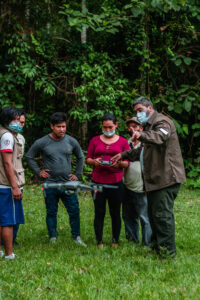
Capacity-building and technological workshops held at the Los Amigos Biological Station and throughout the Conservation Concession have been invaluable in empowering local communities and building relationships between Amazonian leaders and scientists to better promote and enhance forest protection measures. Most notably, Los Amigos has been at the forefront of training local communities and forest patrols (called promotores in Spanish) to use drones to monitor the forests and identify illegal activities that put local people and wildlife at risk. The vast size of the Los Amigos Conservation Concession and its location near the Madre de Dios and Pariamanu rivers–long plagued by illegal mining operations–make monitoring and detecting illegal deforestation particularly challenging and dangerous, so staying at the forefront of technological advancements and being able to use the latest tools effectively are crucial to fighting illegal mining and deforestation. Surrounding the Los Amigos Conservation Concession are territorial and communal reserves inhabited by Indigenous Peoples in Voluntary Isolation or Initial Contact (referred to by the acronym PIACI in Spanish), who have relied on the forests’ natural resources for millennia. Forest monitoring via drones helps to enhance protective measures and territorial autonomy for these Indigenous communities without directly encroaching on their territory, providing community leaders with low-cost and effective monitoring across thousands of acres of land.
Thanks to collaborative efforts between the Peruvian government and Conservación Amazónica—ACCA, the Los Amigos Conservation Concession has gained national and global recognition since its establishment 25 years ago, and this conservation partnership model has been replicated around the world. In 2021, Los Amigos was declared a nationally-recognized conservation area and formally acknowledged as Peru’s first of two Other Effective Area-Based Conservation Measures (OECM)* at the 2022 COP15 in Montreal.
To this day 25 years later, the Los Amigos Conservation Concession continues to play a central role in Amazon Conservation’s identity, not only reminding us of our first victory for conservation since our founding in 1999, but also hosting even more groundbreaking scientific research with implications for the entire Amazon and planet. We are proud to provide a thriving space for conservationists, scientists, and Amazonian wildlife to flourish, and we look forward to many more achievements, discoveries, and partnerships over the next 25 years and beyond.

